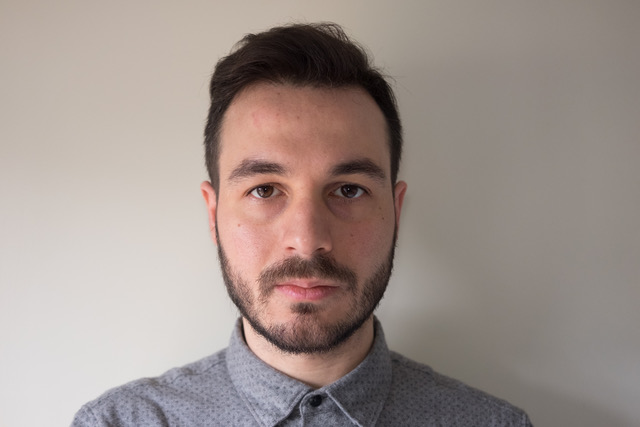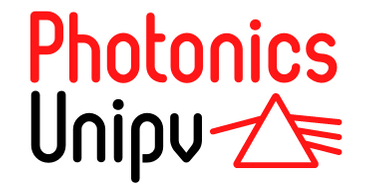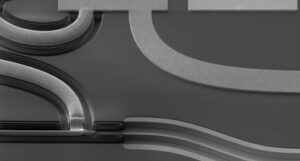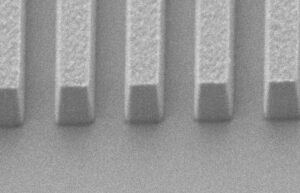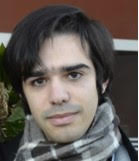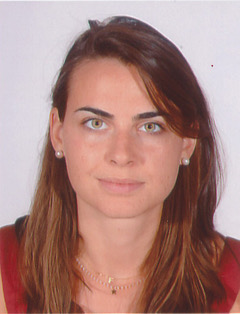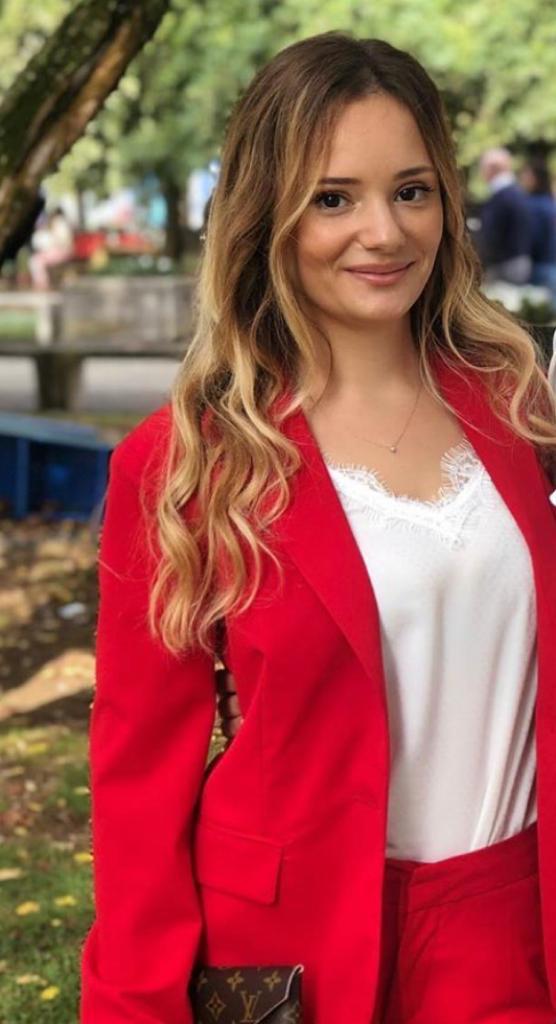Download pdf
Destinatari:
- Studenti del 3° anno di Ingegneria Elettronica & Informatica
- Studenti del 3° anno di Bioingegneria
Requisiti:
- Aver superato gli esami di Fisica 1 e Fisica 2. Non è richiesto aver superato l’esame di Fotonica (sebbene possa risultare utile)
Descrizione:
La microfluidica è un recente settore di ricerca che offre la possibilità di manipolare e analizzare ridotti volumi (nano-picolitri) di liquido. La possibilità di integrare diversi attuatori e sensori in un singolo chip microfluidico ha aperto la strada alla realizzazione di dispositivi chiamati Lab-on-a-Chip, ossia sistemi di piccole dimensioni in grado di svolgere diverse funzioni e analisi, anche in parallelo, su volumi ridotti di campione. Questa tecnologia sta avendo un forte impatto in diverse discipline, quali biologia, biofisica, chimica analitica e scienze dei materiali.
La ricerca attualmente condotta nel nostro laboratorio è rivolta alla progettazione e realizzazione di sistemi microfluidici per applicazioni in ambito biologico e reologico, ossia legate allo studio delle proprietà viscoelastiche dei materiali. Un’attività di tesi è incentrata sullo studio delle proprietà meccaniche di singole cellule, le quali vengono fatte scorrere in canali microfluidici e analizzate con tecniche ottiche e acustiche. Lo studio della risposta meccanica di singole cellule è attualmente di grande interesse in ambito biologico, data la forte relazione tra le proprietà meccaniche cellulari e l’insorgenza di particolari patologie, come il cancro. Una seconda attività di tesi è invece legata alla realizzazione di un dispositivo microfluidico per lo studio reologico di materiali complessi, come reti di DNA, materiali biologici sintetizzati in laboratorio e, in generale, materiali disponibili solamente in quantità ridotta e non misurabili con strumenti classici.
Riferimento: Paolo Minzioni, Valerio Vitali, Ilaria Cristiani
Collaborazioni attive su temi correlati:
Politecnico di Milano (Prof. R. Osellame)
Università di Milano (Prof. T. Bellini)
Istituto di Genetica Molecolare (IGM), CNR, Pavia (Prof. C. Mondello)
